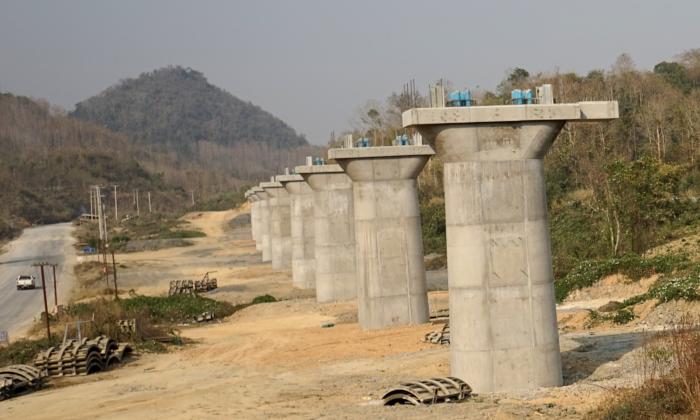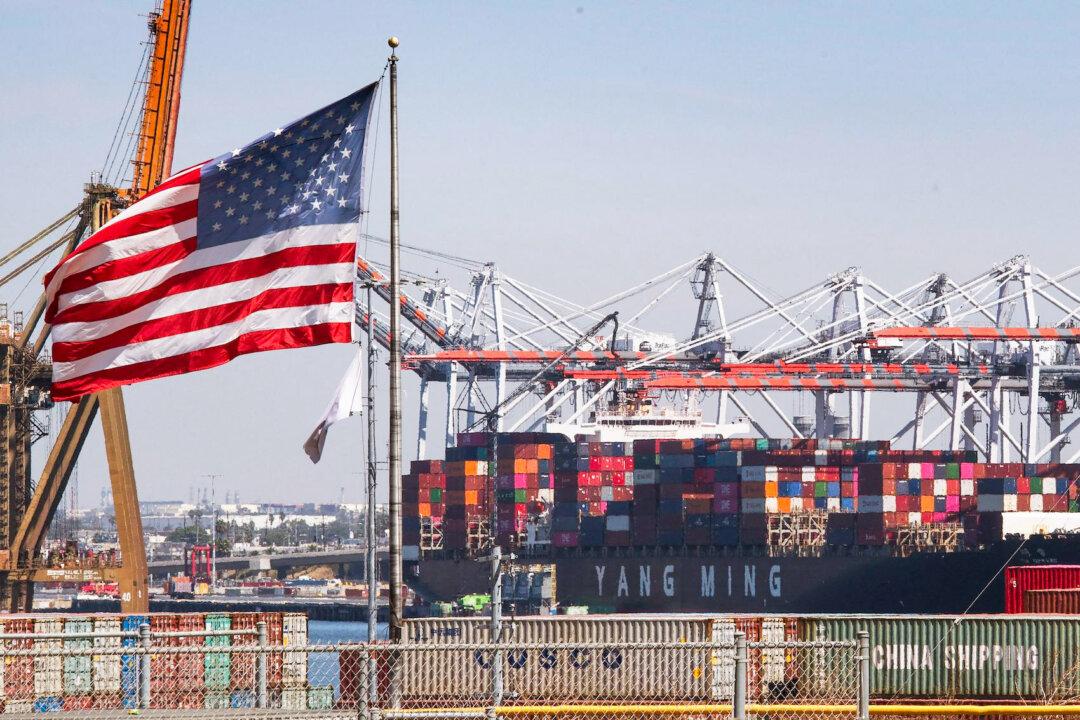News Analysis
China’s real estate sector defaults are now spreading to other parts of the economy, with commercial paper and local government debts set to become the next crises.
Shanghai Commercial Paper Exchange reported that companies controlled by real estate developers—Shimao Group Holdings, Kaisa Group Holdings, and Greenland Group—have been “consistently overdue“ on commercial paper payments. Commercial paper is a short-term debt instrument, frequently used by companies in China.
The number of delinquent firms in China increased by 26 percent in December. In total, 484 companies were overdue on at least three commercial paper payments in the final quarter of 2021.
The sharp increase in defaults demonstrates a lack of liquidity in the market. The list of defaults has now expanded from real estate companies to materials suppliers and construction companies, suggesting that the real estate sector crisis is beginning to drag down other types of companies as well.
Minsheng Bank, considered the world’s worst performing bank, is one of the largest lenders to troubled real estate giant, Evergrande. The bank’s foray into real estate financing has put it on the wrong side of China’s current credit crisis. The bank’s stock dropped by 31 percent over the past year, making it the worst performer in the Bloomberg World Banks Index. Bloomberg posits that Minsheng’s woes are the result of Chinese leader Xi Jinping’s crackdown on the real estate sector, which accounts for approximately 30 percent of the Chinese economy.
New home prices are falling and land sales are predicted to decrease by 20 percent in 2022. Meanwhile, local governments, which normally earn a significant income from the sale of land, are suffering. These declines are caused by a combination of credit unavailability and a loss of confidence in the sector. Additionally, with prices down, and fewer homes being sold, the revenues of developers are decreasing.
Xi’s “three red lines” policy is reducing the flow of cheap credit to the real estate sector, preventing companies from taking additional loans or floating new bonds. As a result, developers are running out of cash to meet debt service payments.
Evergrande announced on Jan. 10 that it had given up its headquarters building in Shenzhen, moving to a less expensive property, to cut costs. Onshore bondholders have also given their approval for a delayed payment.
With the entire real estate sector in distress, other developers are scrambling to renegotiate and avoid default on their debt. Shimao Group will be holding online meetings with its creditors on Jan. 17, to discuss altering repayment terms. The company said last week that it missed $101 million in trust loan payments. The company’s bond rating has been downgraded to junk status by S&P. The S&P called Shimao’s liquidity “weak,” forecasting that it will worsen. This underscores the shortage of liquidity in the Chinese real estate sector.
Similarly, another real estate developer, Yuzhou Group, is short of cash to make interest payments. The company recently announced an exchange offer, for the maturity of $582 million of its 2022 dollar bonds. It will also be discussing restructuring of an additional $4.5 billion worth of bonds, in order to avoid default.
At the close of markets, in the first week of January, bonds of Chinese real estate developers were generally down. Sunac and Agile dropped 22.6 percent and 13.3 percent, respectively; while Shimao lost 9.4 percent of value. A yuan denominated bond from Yuzhou plummeted 21.8 percent, leading to trading being temporarily halted.
Reuters predicts that the next casualty of China’s debt crisis will be the municipal bond sector. A document from the state cabinet suggested that distressed local government finance vehicles (LGFV) should be allowed to crash. In 2020, LGFVs, used by local governments to keep debt off of their balance sheets, had reached a total of $8 trillion, which is more than half of China’s GDP. LGFVs are now the largest issuers of offshore bonds, $31 billion of which will come due in 2022.
Companies outside of the real estate industry, as well as banks and local governments, are now feeling the pinch, suggesting that a general slowdown and cash crunch are spilling over into the rest of the economy. Bloomberg says that this should serve as a warning for foreign companies investing in China. Goldman Sachs has lowered its China 2022 growth forecast to 4.3 percent.
Views expressed in this article are opinions of the author and do not necessarily reflect the views of The Epoch Times.





